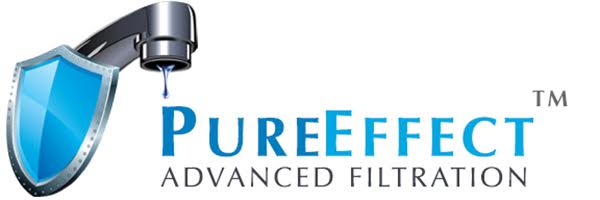The Standard
I use my own standards to evaluate consumer products for toxic exposures.
My standard is “zero toxics”
What this means is that zero chemicals—that are known to cause harm—are used as intentional ingredients in a product.
Back in 1984, when I wrote my first book on toxics in consumer products, I researched and compiled a list of forty toxic chemicals that were generally known by scientific evaluation to lead to illness or injury during normal use. And then I set out to find products that did not contain these forty chemicals.
My methodology was (and still is):
- find out the materials used to make individual products and
- compare these materials to my ever-growing list of chemicals known to be toxic.
I quickly found out that not all ingredients are listed on labels, and even when materials are listed, the ingredients might contain toxics not included on the label. Food products, for example, applesauce is allowed to be labeled, “Apples, sugar, water,” without stating there are pesticides in the apples, the sugar is refined, or that pollutants are present in the water. This type of label can look perfectly safe, but the product may contain potentially harmful chemicals.
As I continued to research and investigate materials used to make products, I found that one can find products that do not contain chemicals known to be toxic.
But one must know the materials used to make the product and the toxicity of materials in general in order to make this evaluation. It’s not something every consumer knows how to do. I only know this because I have been studying consumer products, materials, toxicology, labeling laws, and other related subjects for more than thirty years.
Today the list of chemicals known to be toxic is much larger, but my methodology is still the same: I look at each and every material to determine if it may contain toxic chemical or not. Every single one.
In today’s marketplace there are many products that advertise they are “free” of one known toxic chemical or another, such as “BPA free” or “Free from fire retardants.” But this is misleading because a product could be free from fire retardants but still be made from other toxic materials.
This is why I do a Materials Review. It’s the only way to know if all the materials used to make a consumer product are free from harm.






